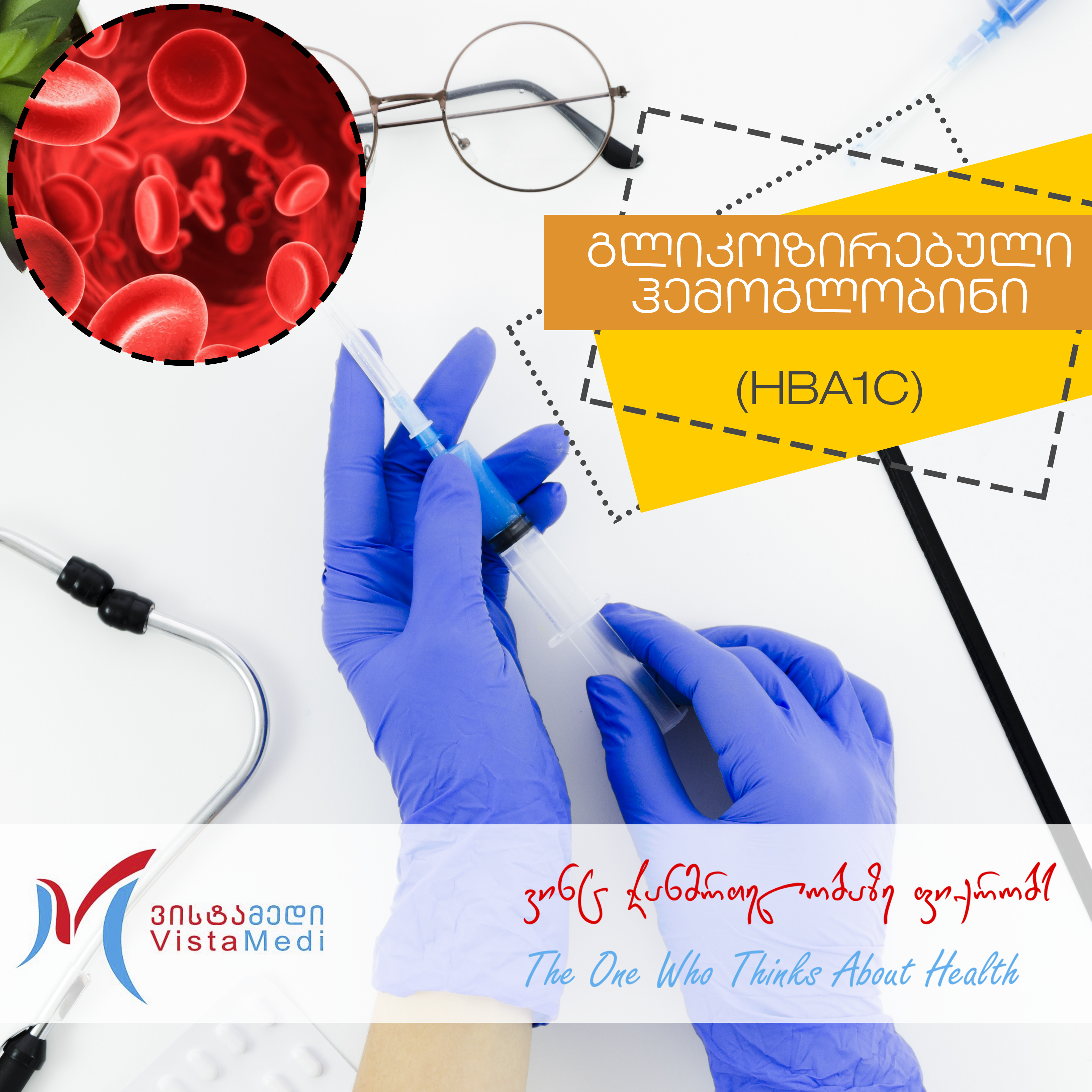
Glycosylated hemoglobin test (the same as Glycohemoglobin) is an important analysis that is mainly designed to better control diabetes. Research is also recommended for Patients with bleeding and hemolytic anemia may heave false negative results. Glycosylated hemoglobin is formed through a non-enzymatic glycation pathway by hemoglobin’s exposure to plasma glucose. This reaction is irreversible and is directly proportional to blood sugar level.
Why the HbA1c Test is Performed?
Glycosylated hemoglobin test is ordered in diabetic patients in order to check the effectiveness of the treatment. For the test a blood sample is needed without any special preparation.
Interpretation of results:
Normal range in diabetic patients is <7% and in non-diabetic patients it is <5%.
HbA1C level is in correlation with average plasma glucose.
In general, the higher the glycosylated hemoglobin, the higher the risk that patient will develop problems such as:
• Myocardial infarction
• Diabetic nephropathy
• Diabetic foot
• Diabetic neuropathy
• Diabetic retinopathy
• Peripheral vascular disease
• Stroke
Abnormal results mean that patient have had high blood sugar levels over a period of weeks to months (nearly 4-6 month).
4% HbA1c = 65 mg/dL average plasma glucose
5% HbA1c = 100 mg/dL average plasma glucose
6% HbA1c = 135 mg/dL average plasma glucose
7% HbA1c = 170 mg/dL average plasma glucose
8% HbA1c = 205 mg/dL average plasma glucose
9% HbA1c = 240 mg/dL average plasma glucose
10% HbA1c = 275 mg/dL average plasma glucose
11% HbA1c = 310 mg/dL average plasma glucose
12% HbA1c = 345 mg/dL average plasma glucose
